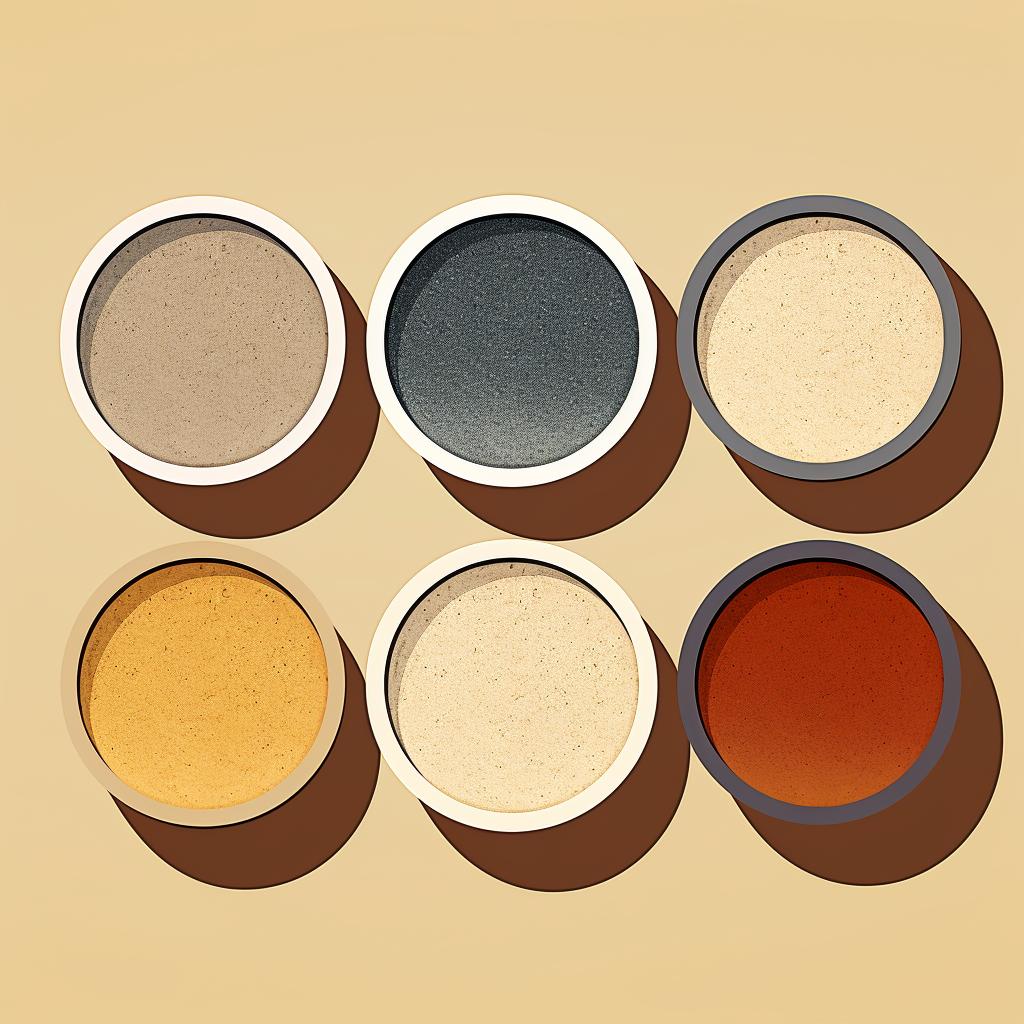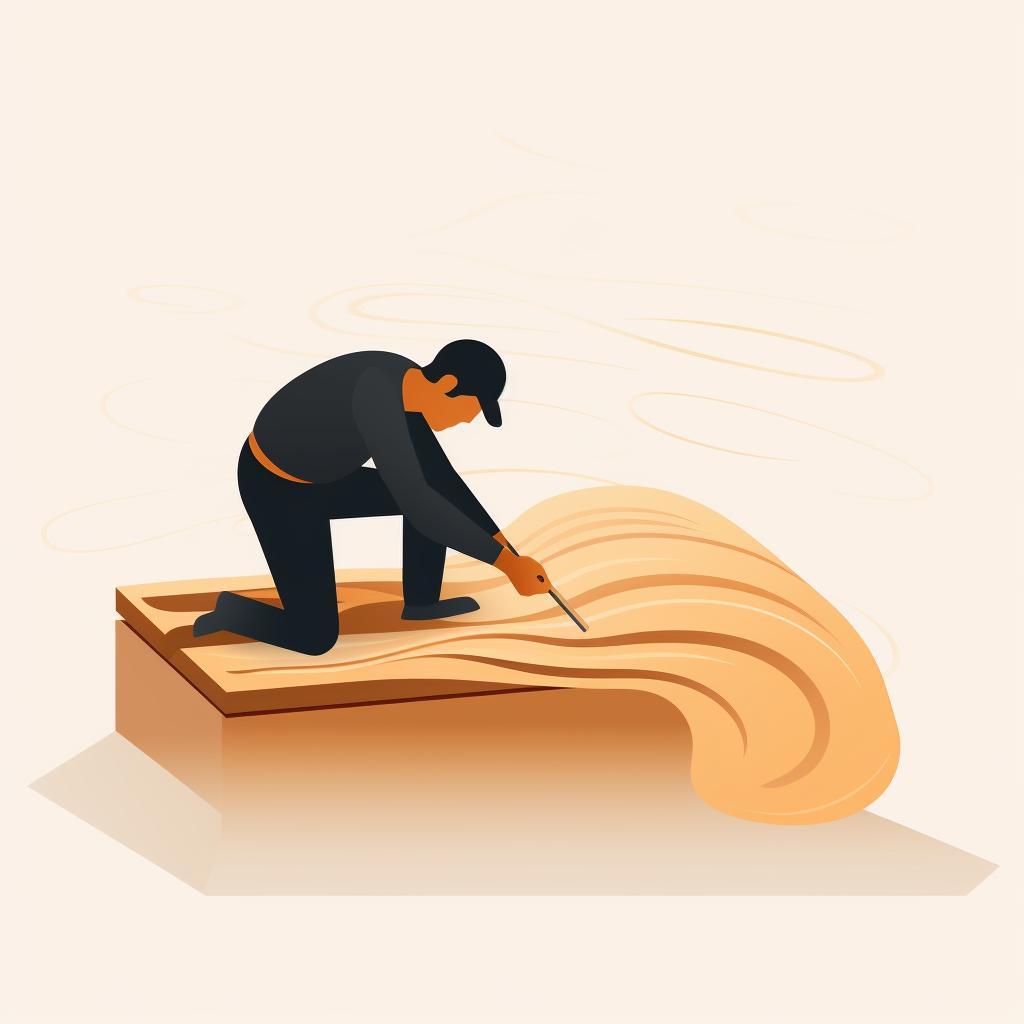Choosing and Using Sanding Accessories for Woodworking ✨
Choosing and Using Sanding Accessories for Woodworking
When it comes to woodworking, sanding is an essential step in achieving a smooth and professional finish. However, choosing the right sanding accessories can be a daunting task. That's why we've put together this step-by-step guide to help you understand and select the right sanding accessories for your woodworking projects.
Step 1: Understand Your Sanding Needs
Before you start sanding, it's important to identify your specific needs. Are you working on a large surface or a small, detailed project? Do you need to remove a lot of material or just smooth out the surface? Understanding your sanding needs will dictate the type of sanding accessory you should choose.
Step 2: Choose the Right Sandpaper Grit
Sandpaper comes in different grits, with lower numbers indicating a coarser grit and higher numbers indicating a finer grit. Coarse grits (40-60) are great for removing material quickly, while fine grits (100-220) are used for finishing touches. Consider the type of wood you are working with and the level of smoothness you desire when selecting the right sandpaper grit.
Step 3: Select the Correct Sanding Accessory
For power tools, you have options like sanding discs, sanding belts, and sanding drums. Discs are used with random orbit sanders, belts with belt sanders, and drums with drill presses or specialized sanding machines. It's important to choose the sanding accessory that fits your tool and project needs.
Step 4: Properly Attach Your Sanding Accessory
Once you have selected the right sanding accessory, it's crucial to properly attach it to your power tool. Improper attachment can lead to inefficient sanding and even damage to your tool or workpiece. Follow the manufacturer's instructions and ensure that the accessory is securely attached before you start sanding.
Step 5: Use Correct Sanding Technique
To achieve the best results, it's important to use the correct sanding technique. Always move your sander in the same direction as the wood grain. This prevents scratches and helps you achieve a smooth finish. Start with a coarser grit and gradually work your way to finer grits for the best results.
By following these steps, you can choose and use sanding accessories effectively for your woodworking projects. Remember to always prioritize safety and wear appropriate protective gear when sanding. With the right sanding accessories and techniques, you can achieve professional-looking results and take your woodworking skills to the next level.
At One Power Tool, we are dedicated to providing you with expert advice and practical tips to help you unleash the full potential of your tools. Explore our website for more guides, safety guidelines, maintenance advice, and DIY projects. Let us be your ultimate resource for power tool knowledge.

















